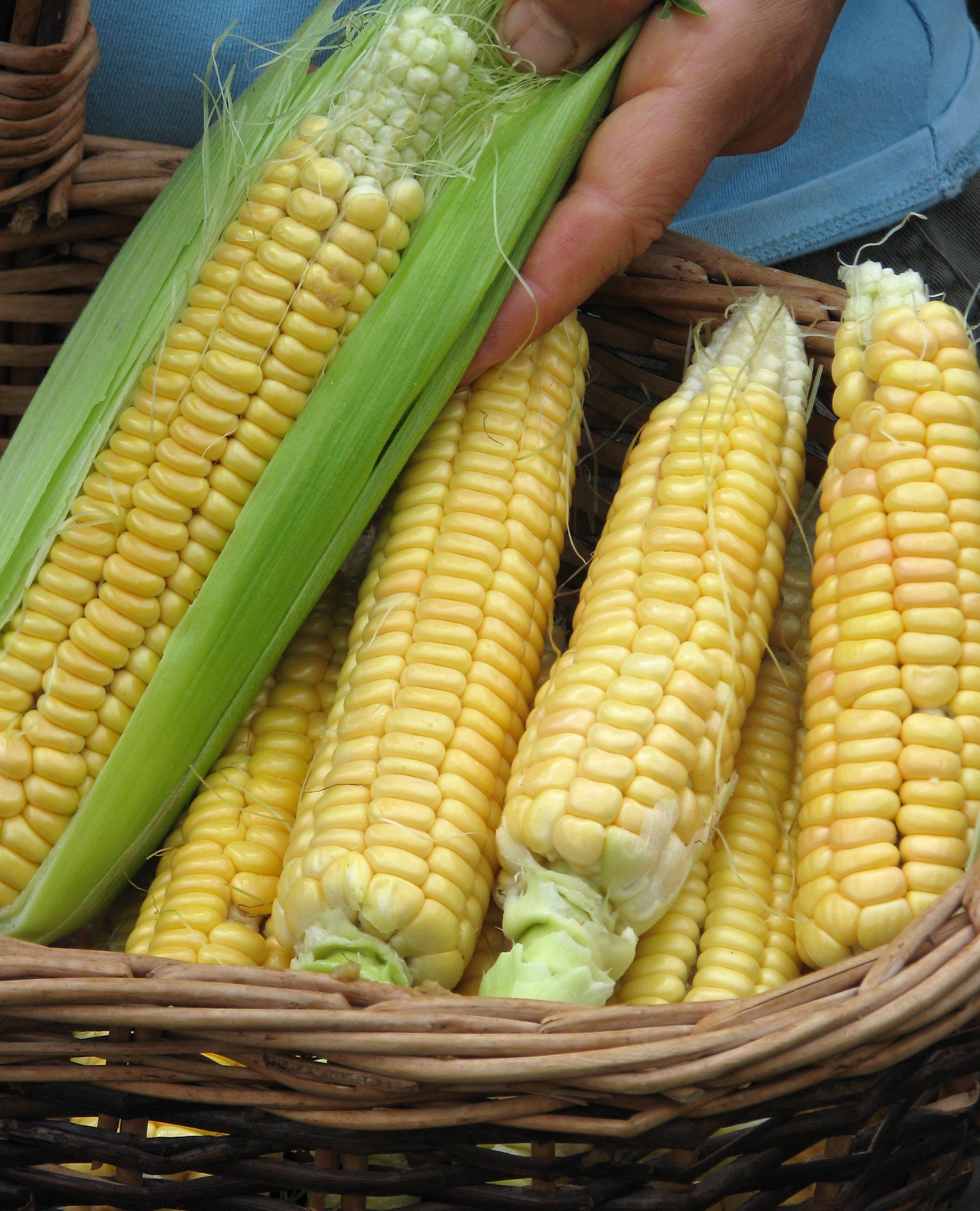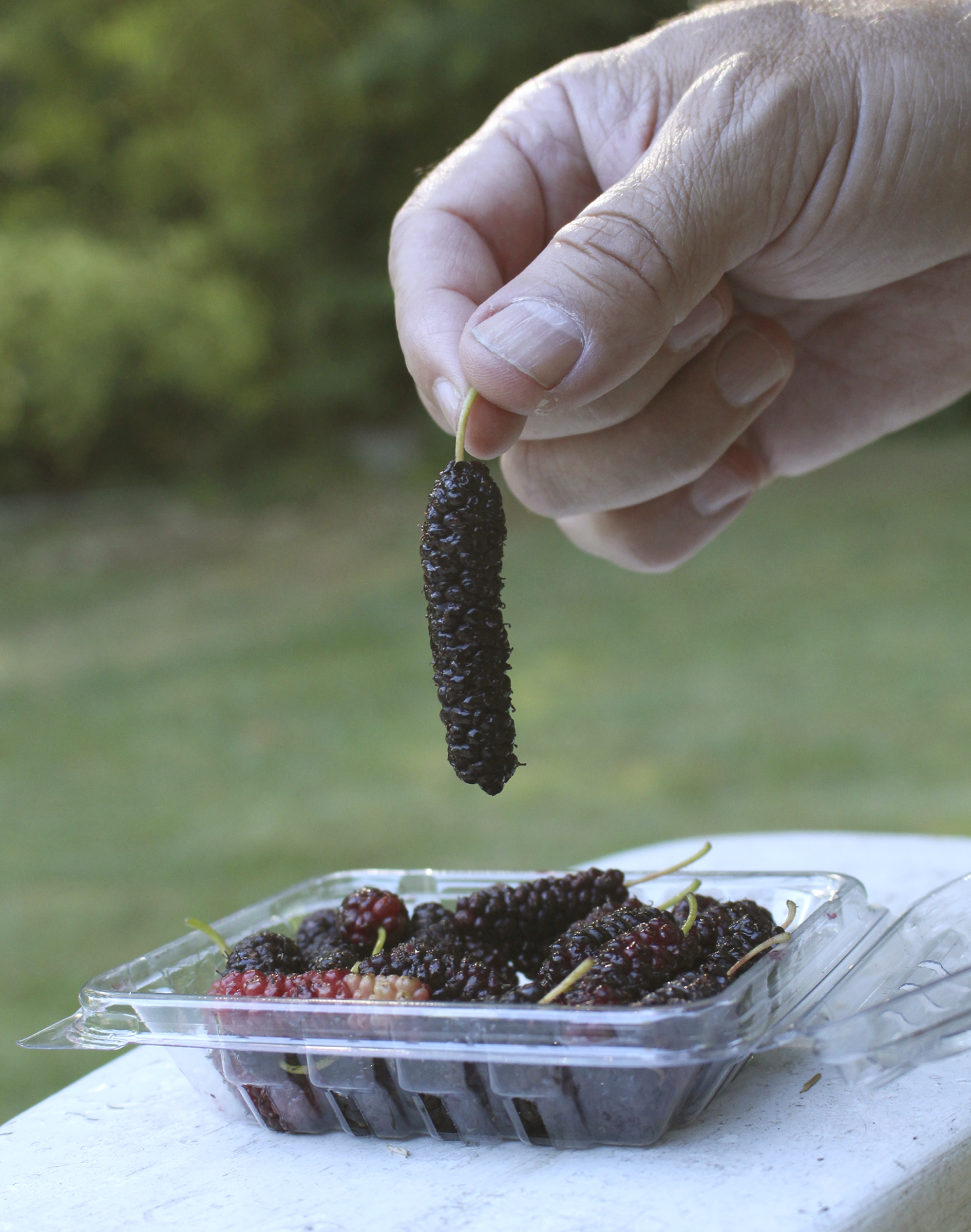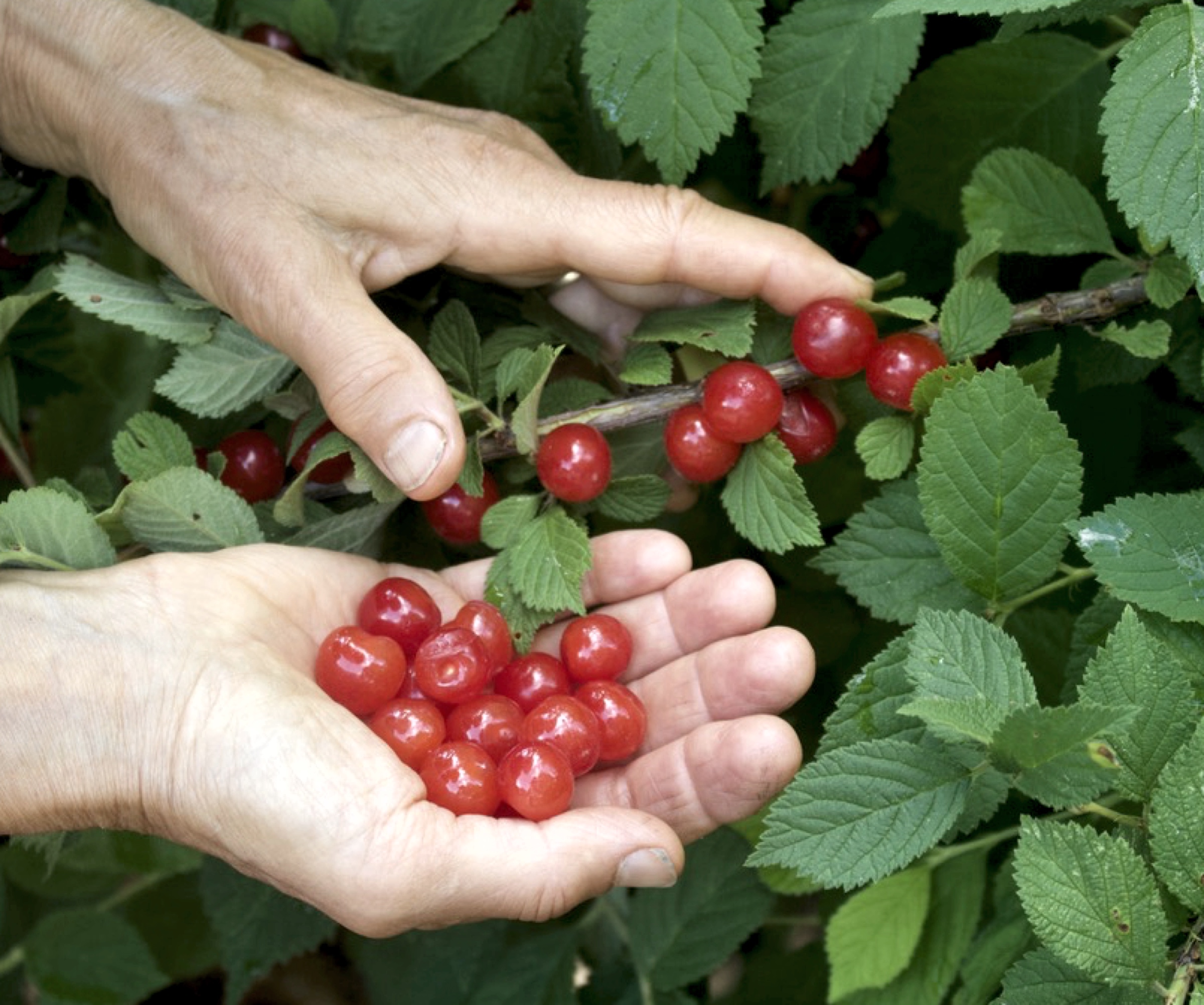WORTH GROWING
/10 Comments/in Vegetables/by Lee ReichRumors Against Sweet Corn
My fourth and last planting of sweet corn went in a few days ago. I grow sweet corn despite reading years of advice that backyard gardens are too small to make sweet corn worth planting. In the last few decades, that advice has been reinforced by the fact that supersweet corn — which can be more than four times sweeter than heirloom (traditional) sweet corn, and holds that sweetness much longer after harvest — is so readily available at farmstands and markets. I strongly disagree on both counts!
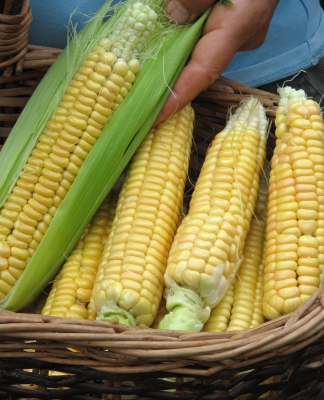
Golden Bantam corn
Backyard gardens are too small? My vegetable beds are three feet wide and about 20 feet long. I plant corn in “hills,” which actually are not at all hilly. In gardening, a “hill” is a station, a location where you grow a clump of plants. Read more
SOME LIKE IT HOT
/4 Comments/in Fruit/by Lee ReichExotic Grapes
You’d think that I’d be over and done with the greenhouse this time of year. Spring vegetables and flowers have been germinated, pricked out, grown on, and all established in their homes in the garden.
But no, the greenhouse is still chock full of goodies, plants that tolerate heat. The first plant to jump out at you (visually) as you pass through the greenhouse door is a grape vine. Not just any old grape vine, but a vinifera grape vine (Vitis vinifera). “Vinifera” is the species of European wine and table grapes. They’re generally neither cold-hardy here, nor can they fend off attacks of our native insects and diseases, so have been hybridized with hardier and tougher American grape species, such as the fox grape (V. labrusca).
Point is, the grapevine in my greenhouse could not survive outdoors here. The variety I’m growing is Perle de Csaba, a table variety, which first fruited here a couple years ago; it’s seedless and sweet, with a strong aroma.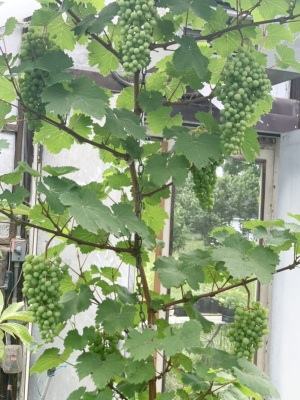
I grew it in a large pot, then didn’t move the pot, so it’s roots have sneaked out the pot’s drainage holes and into the moist, compost-enriched soil below. That’s fine. It’s in a good place, it’s stem now trained to climb up a chain to one of the greenhouse rafters. Short, fruiting shoots grow off up and down on either side of that permanent stem, a perfect bunch of grapes dangling from each of those shoots. Read more
EASY CHERRIES
/28 Comments/in Design, Flowers, Fruit/by Lee ReichSweet, Juicy, & Tolerant
Nanking cherries (Prunus tomentosa) are now at their peak of perfection, sweet and sprightly flavored, brilliant red in color, still firm, and, as usual, abundant. Nanking cherries are very juicy and not stingy to release the juice. Straight up, it’s the most refreshing juice imaginable.
You’ve never heard of Nanking cherries? Understandable since they are an uncommon fruit. (And warranted a whole chapter in my book Uncommon Fruits for Every Garden, now out of print but in the works for updating and expanding.) As the name tells you, they are native to China, more generally to the cold, semi-arid regions of Asia. This provenance tells you something about the toughness of the plant, where it weathers winter temperatures below minus 20 degrees F. and summer temperatures as high as 110 degrees F. Read more

